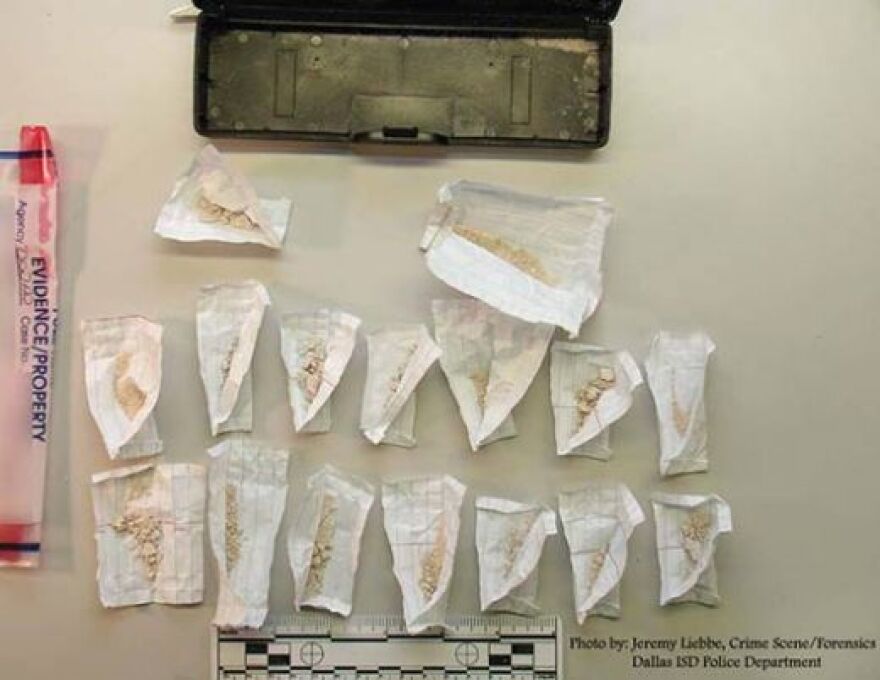Two recent deaths of Dallas area teens could be linked to cheese heroin use. Many fear the deadly concoction of heroin and night time pain relievers is making a comeback among young adults. Sujata Dand reports experts say the drug never really went away.
Ismael Martinez can’t remember exactly when he started smoking marijuana.
He thinks he was 7 or 8 years old when his older brother made him smoke it. At 17, he was arrested for possession of heroin, and now he’s in rehab.
"I came to Dallas one day with some friends, and you know, that’s the popular drug around here in Dallas," he said. "I was doing other drugs at that time. But, the other drugs are a gateway to other drug, so, I started hitting lines of cheese."
"Cheese" is a highly addictive mixture of black tar heroin and nighttime pain relievers.
Ismael is a thin, clean-cut young man. He nervously looks down at his feet when he explains how the drug made him feel.
"The feeling was, it made me feel great. It made me forget about everything, didn’t care, no," he said.
Ismael is one of 30 teenagers staying at Phoenix House Academy, a residential rehabilitation center in Dallas. Most of the clients that come here are Latino, and of those 75 percent are cheese heroin addicts. Five years ago, the drug concoction got a lot of media attention after more than 20 deaths. Phoenix House Program Director Howard Lindsay says the problem continues.
"Well, I don’t think there’s ever been a change in the prevalence rates. I think that what happens is there’s crisis events that occur in the community and attentions get shed on behaviors but then other things come up and the focus dissipates," he said. "I think that we’ve had a couple of deaths recently so it has come up again. Its cheap, it’s easily accessible, and it’s highly addictive. So, it remains a prominent substance out there."
Debbie Meripolski, the director of the Council on Alcohol and Drug Abuse, isn’t surprised. While she says her reports show cheese heroin use dropped in 2007 after a public awareness campaign, the funds for outreach have long since dried up, and drug dealers are still on the streets.
"We’re still seeing it. It quieted down for a period of time, but it has certainly raised concern again," she said. "The percentage of heroin in that mixture is 2 to 5 percent, a small amount. What that accomplishes for the drug dealer is that it’s cheap to produce and they sell it very cheaply and therefore it makes it very very accessible to young people."
Ismael says he paid just 10 or 20 dollars for a hit.
At the Phoenix House, Director Lindsey walks Ismael back to his room he shares with 3 others. While experts say it often takes about 6 months in a treatment facility to adjust back to normal life, state cuts mean Ismael is here for 4 weeks.
He’ll have outpatient care, but he’ll be living with his older brother who first introduced him to drugs.


